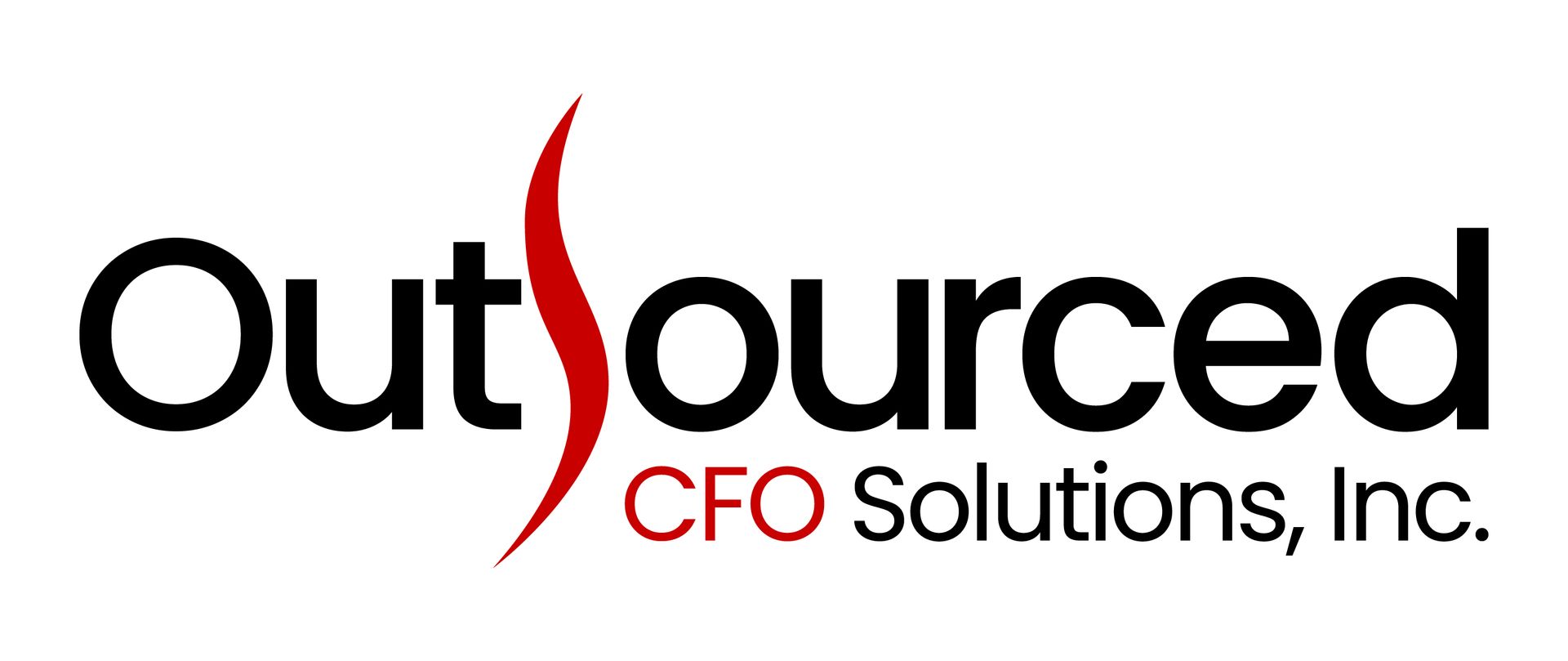The Tax Benefits of Year-End Equipment Purchases
How a Year-End Equipment Purchase Can Benefit Your Business
As the end of the year approaches, many business owners focus on strategies to maximize tax deductions and minimize their taxable income. One often-overlooked opportunity is the purchase of business equipment. Whether you're a small business owner or managing a larger enterprise, investing in new equipment can provide significant tax benefits. This post will explore why year-end equipment purchases make financial sense and how you can take advantage of the tax benefits before the calendar flips.
1. Immediate Deduction with Section 179
For businesses purchasing equipment, Section 179 of the IRS tax code offers a valuable opportunity to maximize deductions. This provision allows businesses to deduct up to the entire cost of qualifying equipment or software that’s purchased and placed into service during the tax year. Unlike traditional depreciation, which spreads deductions over several years, Section 179 enables a potential 100% deduction in the year of purchase, depending on your specific circumstances.
In 2024, the Section 179 deduction limit is set at $1,160,000, with a phase-out beginning once total equipment purchases exceed $2,890,000. This makes it a powerful tool for small to mid-sized businesses looking to make essential investments while reducing their taxable income. Eligible purchases include office equipment, machinery, and business vehicles. Completing purchases before year-end ensures you can apply the deduction to your 2024 tax return.
Example: If a business owner buys $100,000 in equipment in December, they may be able to deduct the entire amount from their taxable income for 2024, depending on their eligibility, thus significantly lowering their tax burden.
2. Bonus Depreciation
In addition to Section 179, businesses can also take advantage of bonus depreciation, which allows for the deduction of 60% of the cost of eligible equipment placed in service during the year. Bonus depreciation applies automatically unless you elect to opt out.
Unlike Section 179, which is capped, bonus depreciation has no spending limit, making it especially valuable for larger businesses or companies planning significant investments. However, it’s important to note that bonus depreciation is set to decrease in future years unless Congress extends the provision. For now, the 60% bonus depreciation applies to equipment purchases made before the end of 2024, providing an additional incentive to invest this year.
3. Tax Advantages of Leasing
Many business owners don’t realize that leasing equipment can also provide tax benefits. If you lease equipment, you may still qualify for Section 179 deductions, but only on the portion of the equipment that is financed. Additionally, lease payments can be written off as an operating expense. This can improve your cash flow while still allowing you to take advantage of year-end tax deductions.
Example: If you lease a piece of machinery for $50,000, you can deduct the lease payments as an operating expense, while still benefiting from Section 179 deductions for the equipment.
4. Taking Advantage of "Used" Equipment
Another key benefit for business owners is that equipment doesn’t have to be brand new to qualify for Section 179 or bonus depreciation. As long as the equipment is new to your business and put into service within the tax year, you can still claim the full deduction.
This is especially useful for small businesses looking to expand their capabilities without the high costs of purchasing brand-new machinery or technology. By buying pre-owned equipment, you can save money on the purchase itself while reaping the tax benefits as well.
5. Reduce Taxable Income
A common challenge for businesses is finding ways to reduce taxable income in a profitable year. Equipment purchases provide a smart strategy to lower your overall tax bill. By investing in the tools and resources your business needs, you not only enhance your operations but also reduce your taxable income, keeping more of your profits in-house.
For example, if a business has a taxable income of $400,000 and spends $50,000 on qualifying equipment, applying Section 179 or bonus depreciation could lower the taxable income to $350,000, significantly reducing the business’s tax bill.
6. Planning for Future Purchases
For businesses anticipating a big year ahead, purchasing equipment at year-end allows you to leverage tax benefits while preparing for growth. Whether you need new technology, vehicles, or specialized machinery, making the purchase before December 31 ensures you capture the deduction in the current tax year while setting up your business for success in the next.
7. Avoiding the End-of-Year Rush
Finally, it’s important to note that many businesses realize the benefits of year-end purchases, which can lead to high demand and possible delays in equipment delivery. Planning your purchases now allows you to avoid the end-of-year scramble and ensure that your equipment is in place and operational before the tax year ends. Keep in mind that to claim the deduction, the equipment must be in use by December 31.
Purchasing equipment toward the end of the year offers businesses an excellent opportunity to maximize tax savings. With tools like Section 179 and bonus depreciation, you can deduct the full cost of qualifying purchases, helping to reduce taxable income and preserve cash flow. Whether you're considering upgrading your technology, adding new machinery, or expanding your fleet, making these investments before year-end can be a smart financial move for your business.
Make sure to consult with a tax professional to ensure that you’re fully compliant with IRS rules and taking advantage of all the available tax benefits. If you're thinking about making equipment purchases, now is the time to act.



